Miami, Florida, has a rich history of urban development that spans centuries and reflects the diverse cultural influences that have shaped the city. Here is an overview of key historical developments in Miami’s urban history:
- Indigenous Peoples: Before European colonization, the area that is now Miami was inhabited by Tequesta and later the Seminole and Miccosukee Native American tribes. These indigenous peoples thrived in the region’s tropical climate and relied on fishing and agriculture.
- Early European Exploration: Spanish explorers, including Pedro Menéndez de Avilés in the 16th century, were among the first Europeans to explore the region. However, it wasn’t until the 19th century that European settlers began establishing a more permanent presence.
- Henry Flagler’s Railroad: In the late 19th century, industrialist Henry Flagler extended his Florida East Coast Railway down to Miami, connecting the city to the rest of Florida and facilitating trade and tourism. This event marked a crucial turning point in the city’s development.
- Incorporation and Growth: Miami was officially incorporated as a city in 1896. The city experienced rapid growth in the early 20th century, fueled in part by the Florida land boom of the 1920s. During this period, many Mediterranean Revival and Art Deco buildings were constructed, some of which still stand in neighborhoods like Coral Gables and Miami Beach.
- Cuban Influence: The 1960s and 1970s saw a significant influx of Cuban immigrants, particularly following Fidel Castro’s rise to power. This demographic shift had a profound impact on Miami’s culture, cuisine, and overall identity, transforming the city into a major center for Cuban-American life.
- Art Deco Architecture in South Beach: Miami Beach, particularly the South Beach neighborhood, is renowned for its collection of Art Deco architecture. The pastel-colored buildings and the iconic Ocean Drive have become synonymous with the city’s vibrant and glamorous image.
- Urban Renewal and Modernization: In the latter half of the 20th century, Miami underwent urban renewal projects and modernization efforts. The downtown area was revitalized, and new skyscrapers reshaped the city’s skyline. The construction of major highways and infrastructure projects further facilitated accessibility and connectivity.
- Cultural and Economic Hub: Miami has evolved into a major cultural and economic hub, known for its international trade, tourism, and diverse population. The city’s multicultural character is evident in its neighborhoods, events, and cuisine, reflecting influences from Latin America, the Caribbean, and beyond.
- Environmental Challenges: Miami faces challenges related to sea-level rise and climate change, given its low-lying coastal geography. The city has been actively addressing these issues through initiatives aimed at sustainability and resilience in the face of environmental changes.
The history of Miami’s urban development is a dynamic narrative that reflects the interplay of various cultural, economic, and environmental factors. The city continues to evolve, with ongoing efforts to balance growth and sustainability in the 21st century.

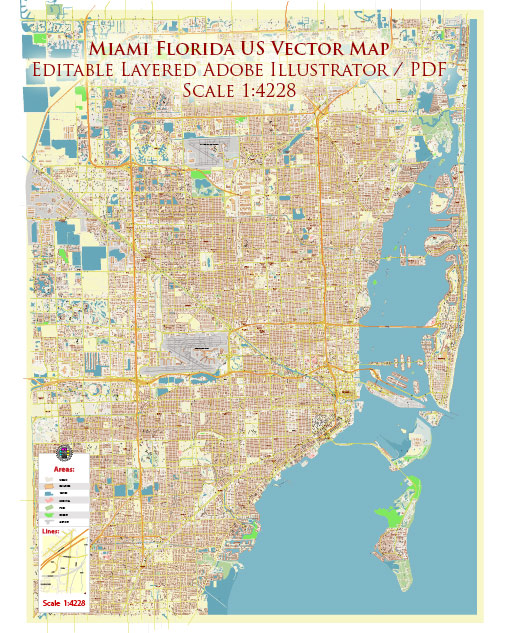
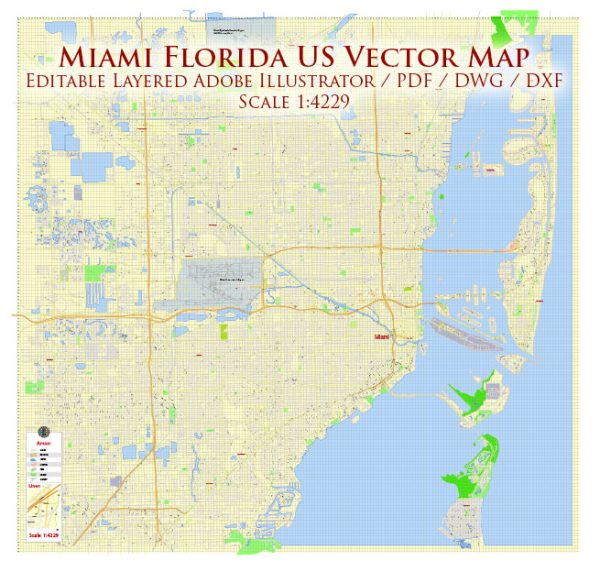
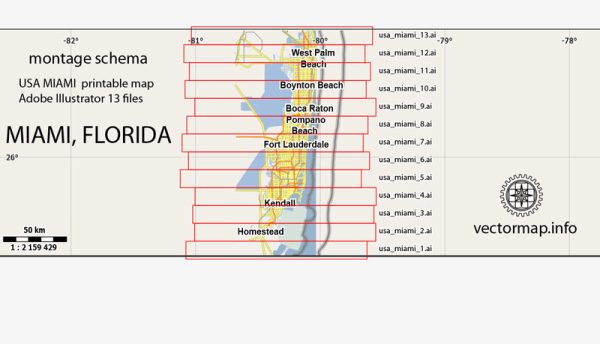
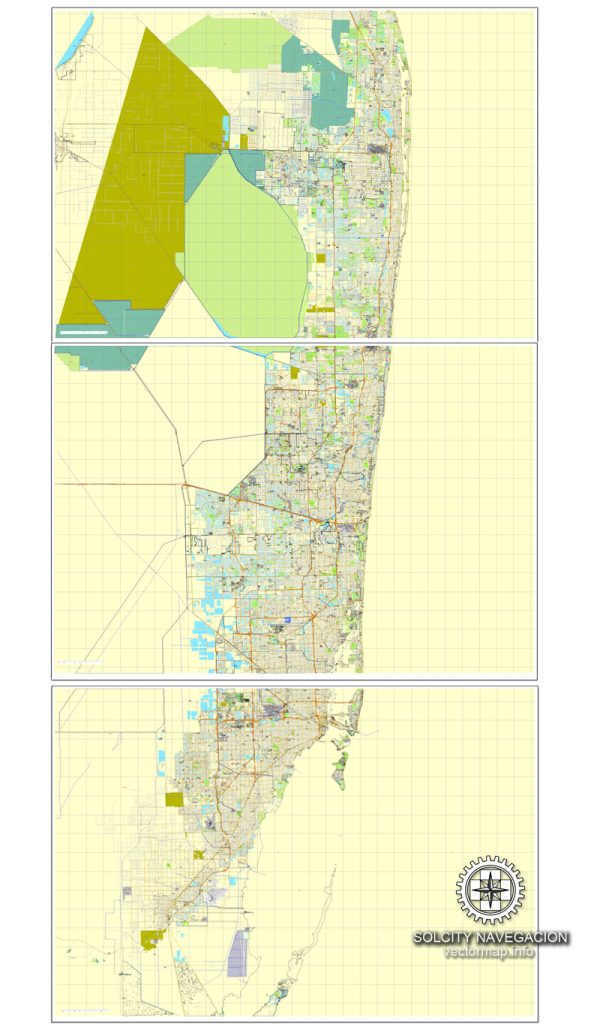
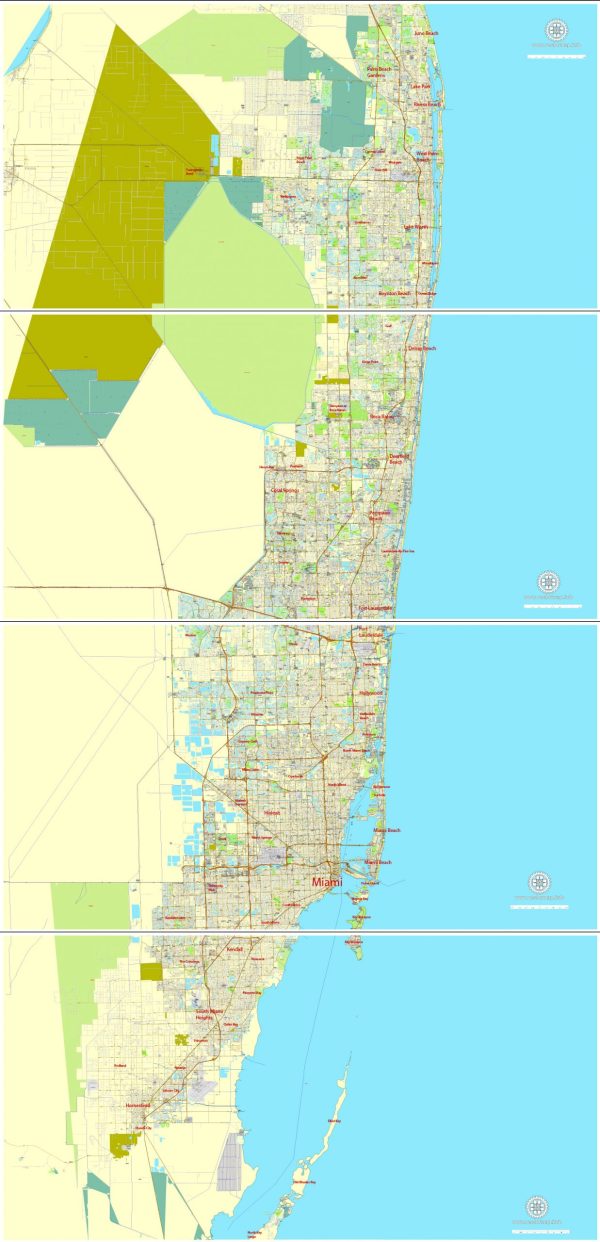
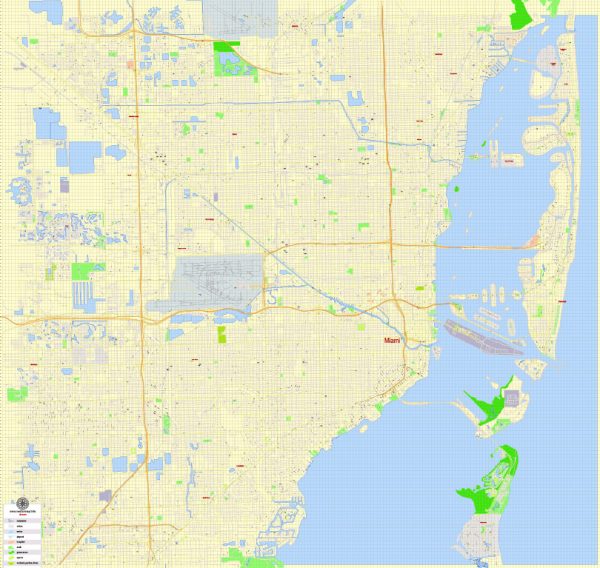
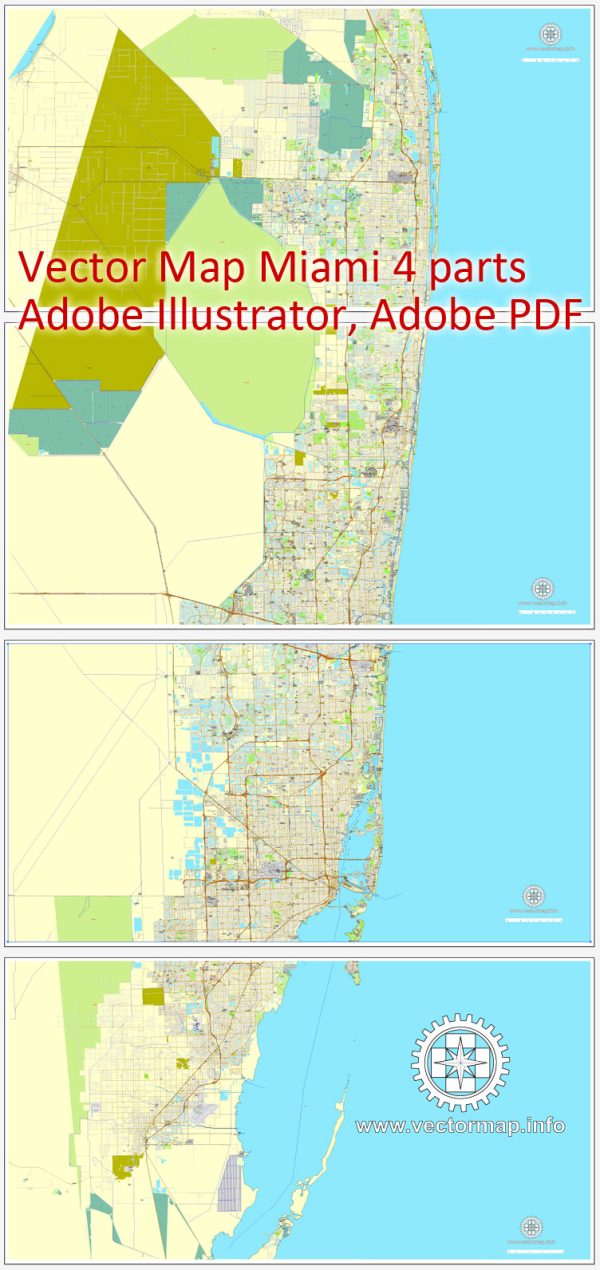
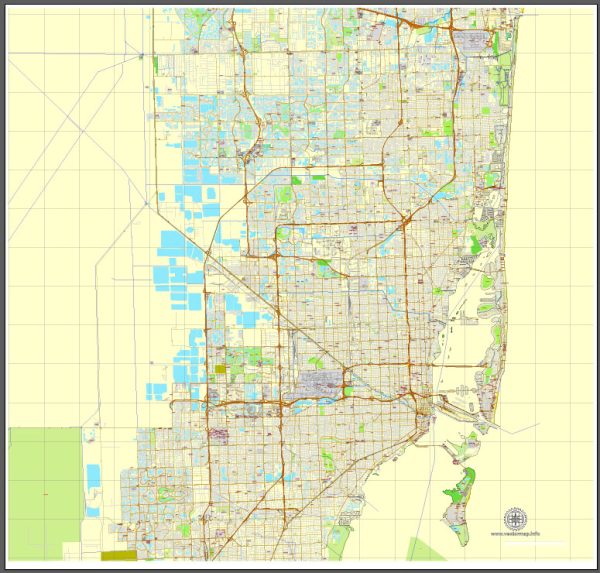
 Author: Kirill Shrayber, Ph.D.
Author: Kirill Shrayber, Ph.D.